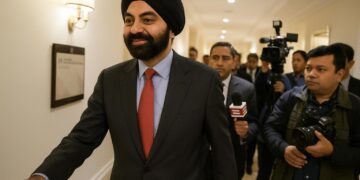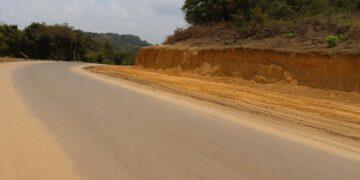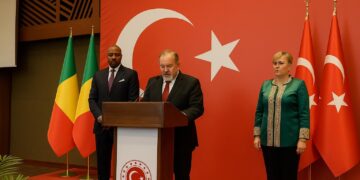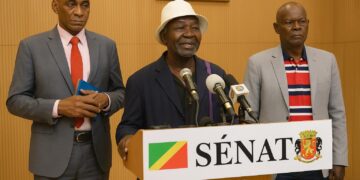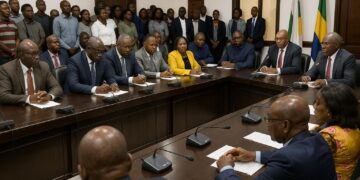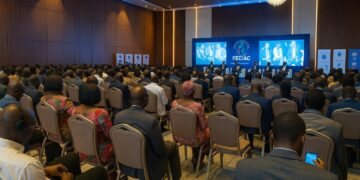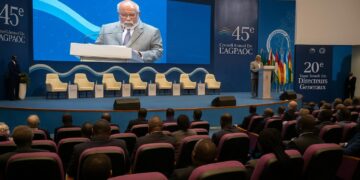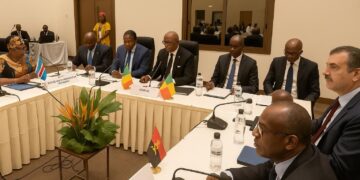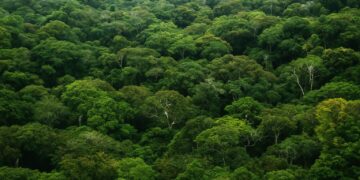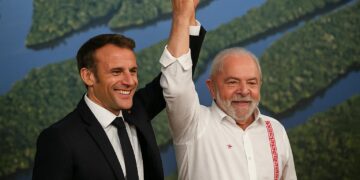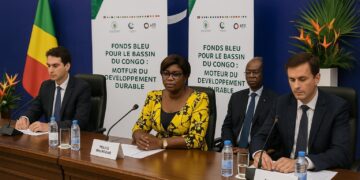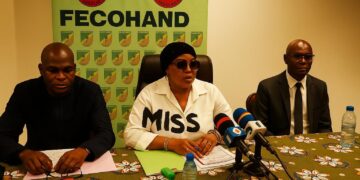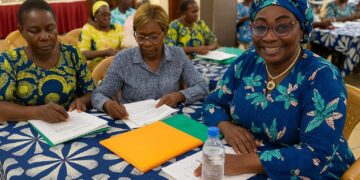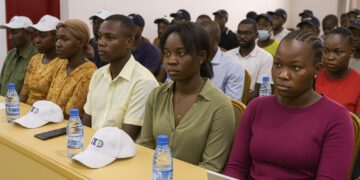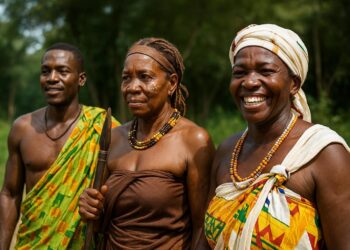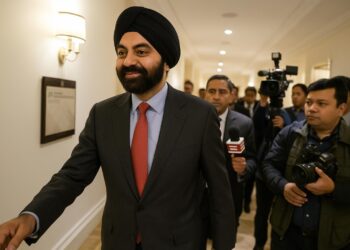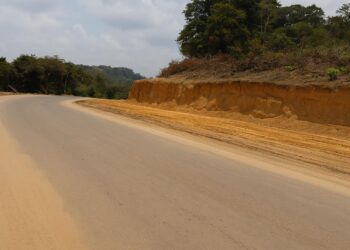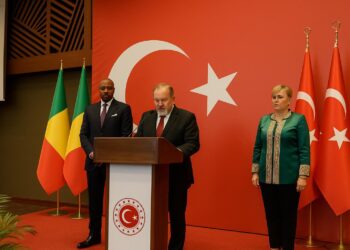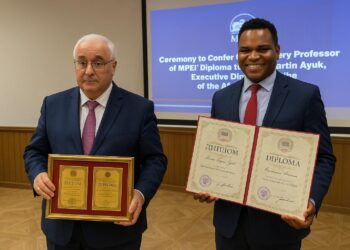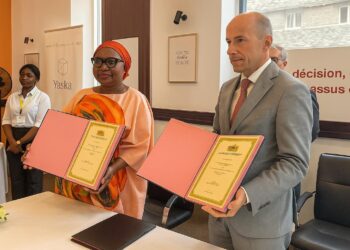Strategic diversification gains urgency
When Beijing curtailed exports of several gallium and germanium products last year, the ripple effect in New Delhi’s planning circles was immediate. India imports roughly two-thirds of its rare-earth oxides from China, a dependence that analysts at the Observer Research Foundation have long described as a strategic vulnerability (ORF, 2023). Determined to insure itself against future supply shocks, the Indian cabinet approved a new Critical Minerals Mission in January 2024, mandating joint exploration ventures abroad and accelerated domestic processing capacities. Africa, home to at least a fifth of the world’s untapped rare-earth reserves according to data compiled by the African Natural Resources Centre, has swiftly become the Mission’s geographical lodestar.
African geology offers underexplored promise
Geological surveys conducted with the United Nations Economic Commission for Africa highlight promising dysprosium and neodymium concentrations in carbonate complexes stretching from Zambia’s Kafue belt to Malawi’s Songwe corridor (UNECA, 2023). Zimbabwe’s established bastnaesite seams and Côte d’Ivoire’s emerging monazite sands complement this corridor, offering a diversified basket of light and heavy rare-earths relevant for permanent magnets and laser systems. Officials at India’s Ministry of Mines underline that access agreements signed in Lusaka and Harare this spring go beyond acreage allocation; they embed commitments to joint R&D, skills exchange and environmental monitoring, weaving India’s technological expertise with African resource endowments.
Congo-Brazzaville’s calibrated resource diplomacy
Although not part of the initial five-country REE cluster, the Republic of the Congo has nonetheless emerged as a pivotal node in India’s broader critical-minerals calculus. State-owned NLC India Ltd, already prospecting copper-cobalt districts near Mindouli, confirmed in March that it is studying ore bodies containing scandium and yttrium, elements indispensable for high-temperature alloys (Press Trust of India, 2024). Brazzaville’s administration, under President Denis Sassou Nguesso, has emphasised policy predictability and the streamlining of permitting procedures through its Plan National de Développement 2022-2026. That framework, praised by the African Development Bank for its investment clarity (AfDB, 2023), positions Congo-Brazzaville as a stable jurisdiction at a time when investors factor governance metrics as heavily as grade percentage.
From extraction to value-added beneficiation
Both African and Indian negotiators stress that the new memoranda consciously depart from the twentieth-century enclave-mining model. Pilot hydrometallurgical plants in Malawi and beneficiation facilities in Mozambique feature front-and-centre in joint scoping studies, with India pledging concessional credit lines through its Exim Bank to co-finance downstream units. The ambition is plain: capture greater value on African soil, reduce carbon footprints linked to intercontinental concentrate shipping, and create skilled employment pools. As an Indian diplomat in Addis Ababa confided, “Politically, we cannot replicate patterns that merely airlift ores; industrialisation must travel alongside geologists.”
Security, ESG and debt: investors’ three filters
Rare-earth investments differ from traditional hydrocarbons not only in chemistry but in the long-dated environmental liabilities they carry. Indian consortiums have therefore inserted clauses aligning with the Global Industry Standard on Tailings Management and the Equator Principles. Furthermore, concessional loans are being blended with grant components to avoid exacerbating sovereign debt ratios, an issue that has generated scrutiny across the continent (UNCTAD, 2023). In Congo-Brazzaville, fiscal incentives are explicitly tied to third-party audits, illustrating a governance model that balances national revenue with investor comfort.
A new axis in critical technology supply chains
By 2030, global demand for magnet-grade rare earths is projected to triple, fueled by electric mobility and offshore wind projects (IEA, 2022). India’s engagements with African partners, underpinned by South-South cooperation rhetoric and pragmatic commercial interests, could channel up to ten percent of that future demand through supply lines independent of Chinese refining. For New Delhi, the diplomatic dividend is equally significant: increased voice in the Global South, credentials as a reliable manufacturing hub for the West, and strengthened multilateral bargaining power. For African capitals, including Brazzaville, the payoff lies in technology transfers, diversified export portfolios and enhanced revenue stability. If current memoranda translate into successfully commissioned plants, the India-Africa corridor may emerge as a decisive, if still understated, pillar of the twenty-first-century critical-minerals architecture.


